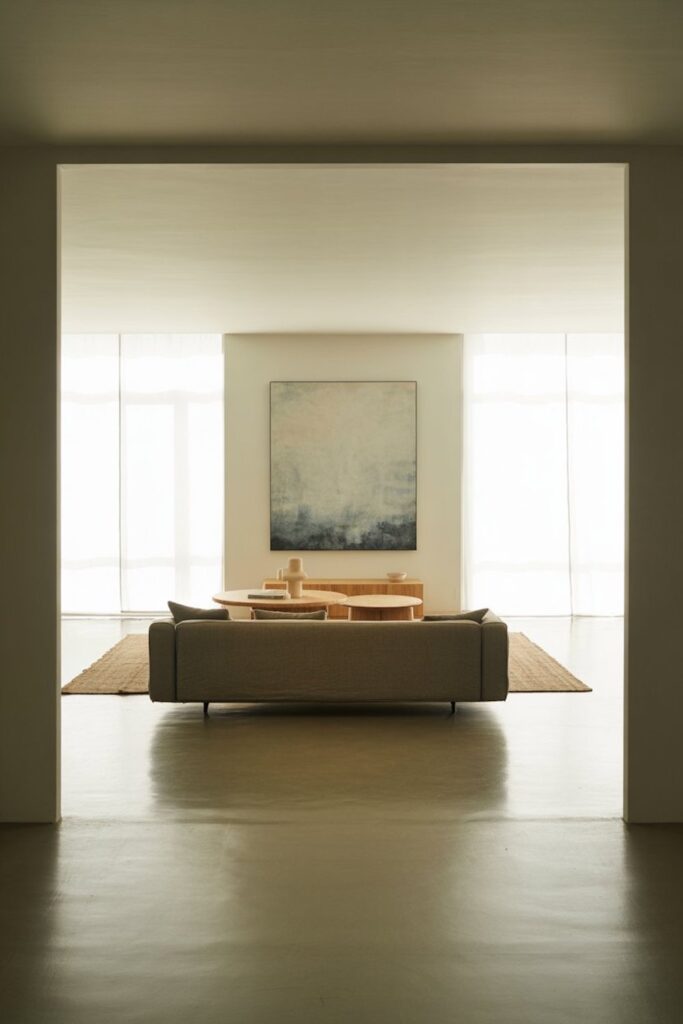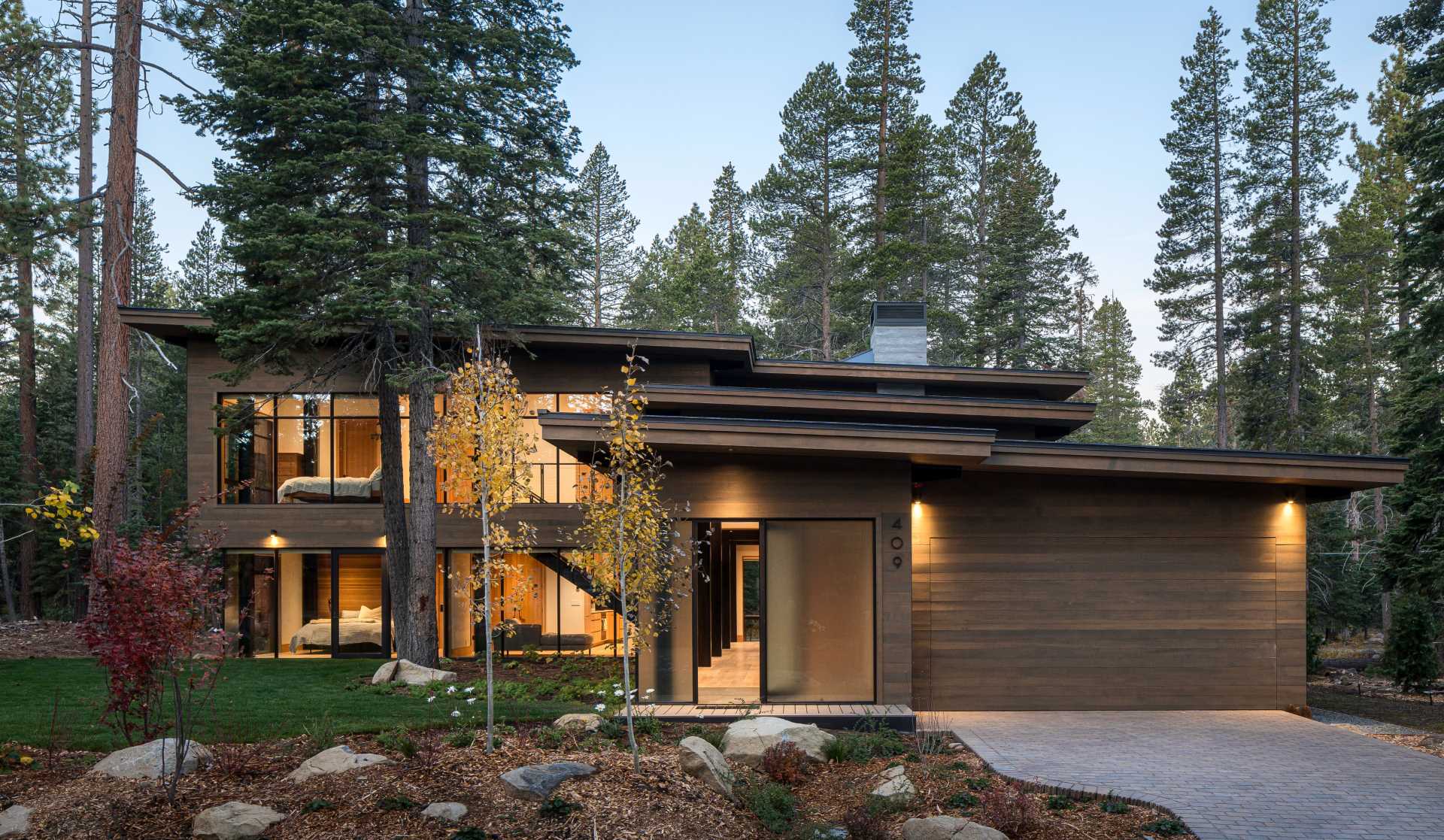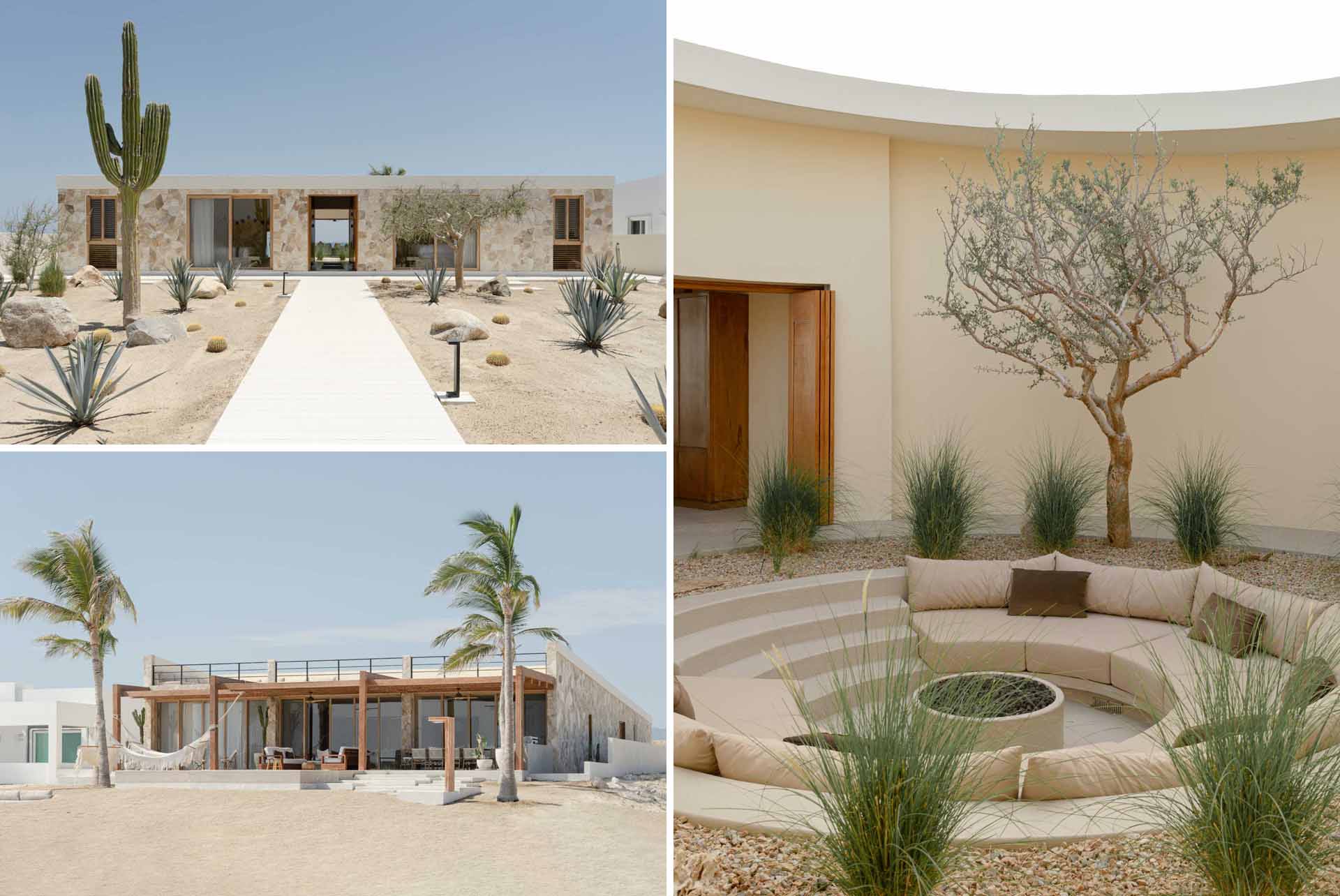In a world that’s constantly demanding our attention, sometimes the most powerful statement you can make is knowing when to leave space for silence.
Get ready to discover how strategic emptiness can make your rooms feel larger, more luxurious, and infinitely more peaceful. Because sometimes, what you don’t include is just as important as what you do.
What is Negative Space in Interior Design
Negative space is the area around and between objects in a room. It’s not just empty space—it’s intentional breathing room. Think of negative space as the pause between musical notes – without it, everything becomes noise.
Just like in art or photography, negative space in interior design gives the eye a place to rest. It creates balance, reduces visual clutter, and allows your featured pieces to shine.
Why is Negative Space Important in Interior Design?
Negative space in interior design serves multiple crucial functions that go far beyond mere aesthetics. It creates visual breathing room that prevents spaces from feeling overwhelming or chaotic. More importantly, it allows your carefully chosen furniture and decor to become true focal points rather than competing for attention in a crowded room.
Well-planned negative space also makes rooms appear larger and more luxurious, regardless of their actual square footage. It promotes better flow and movement throughout your home while creating the kind of calm, uncluttered environment that supports mental wellbeing and reduces stress.
How to Work with Negative Space in Interior Design
1. Start with subtraction
Try removing a few items from a room—a piece of furniture, some wall decor, a rug. Observe what changes. Often, what’s left behind gains clarity.
2. Let furniture breathe
Give your key pieces a little room on all sides. This helps define their presence and keeps the space feeling open.
3. Embrace blank walls
Not every surface needs art or shelving. A bare stretch of wall can frame a room, offering contrast and calm.
4. Use contrast to your advantage
Negative space amplifies focal points. A sculptural chair in an otherwise quiet corner becomes a statement. A single pendant light above a bare table becomes a centrepiece.
5. Think function, not just form
Ask yourself what the space is for. A reading nook, for instance, needs light, comfort, and quiet—not layers of decor.
How to Create Negative Space in Different Rooms
Living Room Negative Space
Start by floating your seating away from walls to create breathing room on all sides. Leave at least 18 inches between your coffee table and sofa, and resist filling every corner with furniture. Consider using a single statement piece of art on your main wall rather than a gallery wall, allowing the empty space around it to enhance its impact.

Bedroom Negative Space
Keep bedside tables minimal with just one or two carefully chosen items on each surface. Leave space around your bed on at least three sides, and resist the urge to fill every wall with artwork or mirrors. A single dramatic headboard against an otherwise empty wall creates more impact than multiple decorative elements.

Kitchen and Dining Room Negative Space
Embrace clean countertops by storing appliances in cupboards and leaving expanses of empty surface. In dining rooms, ensure your table has plenty of space around it – at least 36 inches on all sides for comfortable movement. Consider a single statement light fixture rather than multiple pendant lights.

Bathroom Negative Space
Keep vanity surfaces minimal and leave space around your mirror rather than surrounding it with sconces and accessories. If you have a freestanding bath, give it breathing room by positioning it away from walls where possible.
10 Practical Ways to Incorporate Negative Space in Interior Design
- Declutter ruthlessly – Remove 30% more items than you initially think necessary. Your remaining pieces will have more impact in the spacious environment you’ve created.
- Choose furniture with legs – Raised furniture allows light and sight lines to flow underneath, creating the illusion of more space and visual lightness throughout your room.
- Embrace single statement pieces – Instead of multiple small artworks, invest in one large piece that can command attention against an expanse of empty wall.
- Create clear pathways – Ensure you can move easily through rooms without navigating around furniture. Clear circulation routes are essential negative space.
- Use mirrors strategically – A single large mirror reflects light and views, effectively doubling your visual space while maintaining clean, uncluttered walls.
- Leave some walls completely bare – Not every wall needs decoration. Empty walls provide visual rest and make your chosen focal points more dramatic.
- Minimise surface clutter – Keep coffee tables, side tables, and shelves largely empty, displaying only your most treasured items with plenty of space around them.
- Choose low furniture – Lower profile pieces create more visual space above them, making ceilings appear higher and rooms more expansive.
- Group items in odd numbers – When you do display objects, group them in sets of three or five with generous spacing between each group.
- Invest in built-in storage – Custom storage solutions eliminate the need for multiple furniture pieces, freeing up floor space for that all-important breathing room.
The Psychological Benefits of Negative Space
Living in spaces that properly utilise negative space and other principles of wellness design provides numerous mental health benefits. Uncluttered environments reduce cortisol levels and promote relaxation, while visual breathing room helps improve focus and concentration. The sense of spaciousness created by negative space can also boost mood and creativity.
Research shows that people feel calmer and more in control in environments with plenty of negative space. This psychological breathing room allows your mind to rest and reset, creating the perfect antidote to our increasingly busy, overwhelming world.
Common Mistakes When Using Negative Space in Interior Design
Even with the best intentions, it’s easy to misunderstand negative space in interior design. The most common mistake is confusing emptiness with neglect – negative space should feel intentional and purposeful, not simply bare or unfinished.
Another frequent error is creating too much negative space without enough visual anchors. Rooms need some furniture and decor to feel welcoming and lived-in. The goal is thoughtful balance, not stark minimalism.
Many people also struggle with scale, leaving tiny gaps between furniture that feel cramped rather than spacious. Be generous with your negative space – bigger empty zones have more impact than multiple small gaps.

In our cluttered, fast-paced world, negative space in interior design offers a pathway to calmer, more intentional living. It’s the secret weapon that transforms good rooms into great ones, creating homes that nurture both body and soul.



